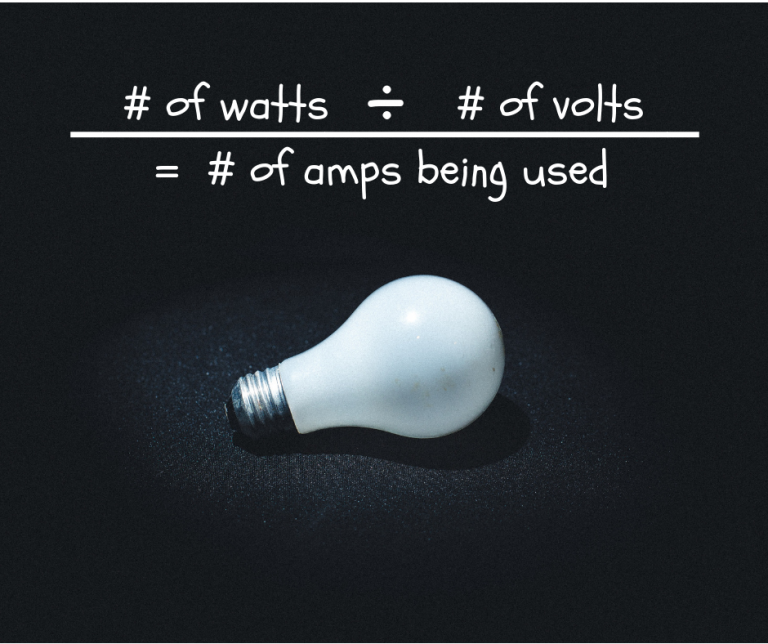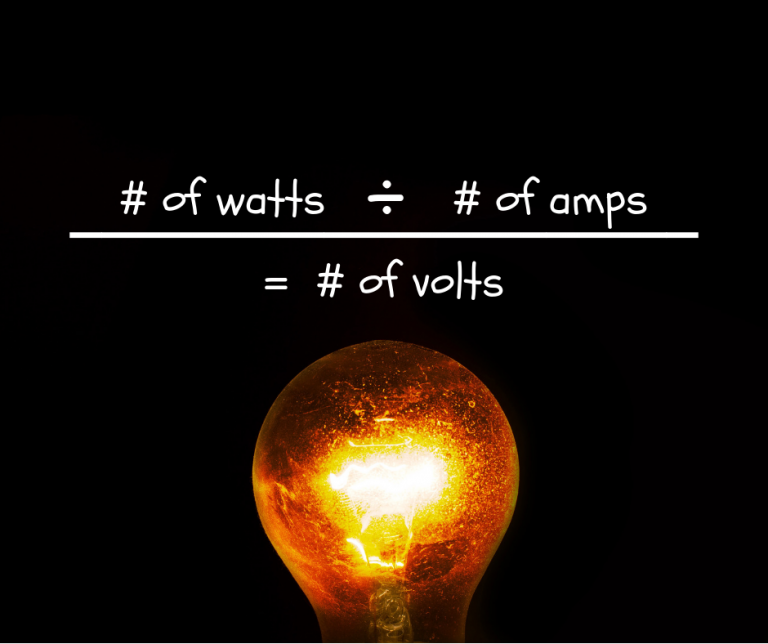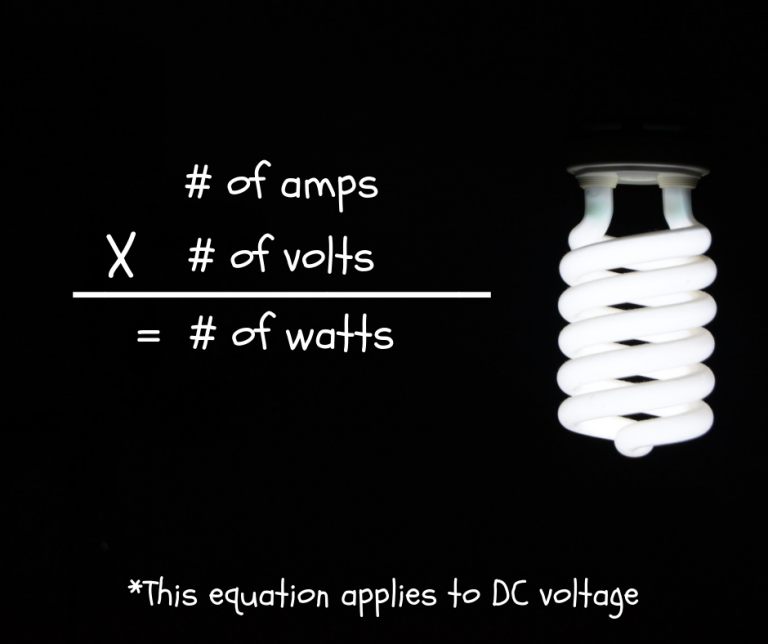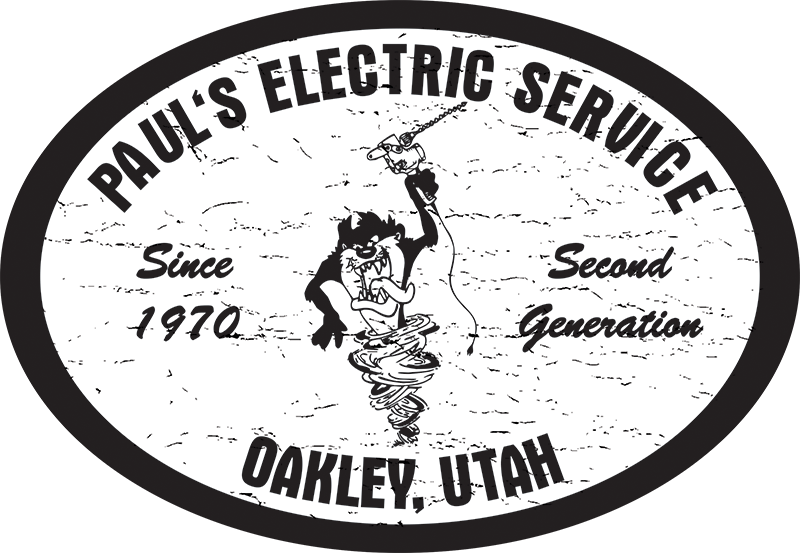FIRST, LET’S DEFINE OUR TERMS: Amps Volts Watts
According to Google, here are the technical definitions for amps, volts, and watts:
Amps: a unit of electric current equal to a flow of one coulomb per second.
Volts: the SI unit of electromotive force, the difference of potential that would drive one ampere of current against one ohm resistance.
Watts: the SI unit of power, equivalent to one joule per second, corresponding to the power in an electric circuit in which the potential difference is one volt and the current one ampere.
To define them in an easier and analogical way, Reddit user Gsnow creatively explains the difference between these measurements of power like this:
“Think of it like the flow of water.
Volts = water pressure
Amps = volume of water that’s moving
If you have high pressure, but low volume (high voltage, low amperage) that’s like a dentist’s waterpik.
If you have high volume, but low pressure (high amperage but low voltage) that’s like your basement flooding through the walls or drains
If you have high volume and high pressure (high amperage and high voltage) that’s like a fire-hose hitting you in the chest at 3 feet and blowing you back across the room.
Watts is a measurement of how much force is produced, in other words, how big an effect that water flow (electrical flow) produces.”
CALCULATE POWER MEASUREMENTS
AMP RATING
Your circuit breaker can only handle a certain amount of amperage. It has a specific rated amperage that allows your circuit breaker to work and provides your home with electricity. If this limit is exceeded, your breaker will shut down in order to prevent your home’s wiring and appliances from being damaged.
HOW DO YOU FIND OUT YOUR HOME’S AMPERAGE
This is pretty simple. All you have to do is go to your circuit breaker and check the handle. Most household circuits carry 15-20 amps, and the newer your home is the higher the amperage is more likely to be. By knowing what your amperage is, you can know how many devices you can support with it.
HOW MUCH AMPERAGE DO YOUR DEVICES USE?
First, make sure you know how many amps your circuit carries. Then, check your device’s label or user manual to see how many watts and volts the device will use. Divide the number of watts by the number of volts, and that will give you the maximum amount of amperes it will require from your circuit. It might be a good idea for you to keep track of how many amperes each device uses. This way, you can keep track of how much power you’re using. If you end up exceeding your limit, you will trip the circuit.

OUTLET VOLTAGE
Voltage refers to the amount of power that comes from your outlets, and the measurement of that is called volts. One outlet can usually produce up to 120 volts.
WHAT ARE THE DIFFERENT TYPES OF VOLTAGE CURRENTS?
Direct Current (DC): Electricity flows in one direction. This is the type of current that most of your digital electronics will use.
Alternating Current (AC): Electricity will change the direction of its flow periodically. Most houses are wired for AC, and so your home most likely is built for it too.
HOW MANY VOLTS ARE COMING OUT OF MY OUTLET?
Again, make sure you know your circuit’s amperage number. Then, check the device you’re plugging into the outlet for how many watts it uses up. All you have to do after that is divide that number of watts by your circuit’s amperage number. The resulting number is the number of volts coming out of your outlet to help support your device.

WATT MEASUREMENTS
We’ve discussed amps and volts above, but there’s still one more to consider—watts. A watt is a measurement of electricity or one unit of power.
HOW CAN YOU CALCULATE THE NUMBER OF WATTS YOUR CIRCUIT CAN HANDLE?
All you need to know is two things. As discussed in previous calculations, you’ll need to know your circuit’s amperage. You’ll also need to know how many volts your outlet can produce. Then, multiply the amperage by the number of volts. This is the maximum amount of watts your circuit can support at one time. If you exceed that amount, it’s quite possible an electrical blowout will occur.

CONTACT PAULS ELECTRIC SERVICE FOR SUPPORT
If your circuit breaker ever trips or you’re experiencing any other electrical issues in your home, give us a call. We provide various residential and commercial services and are especially proficient in wiring, lighting, and panels. We can also provide generators!

